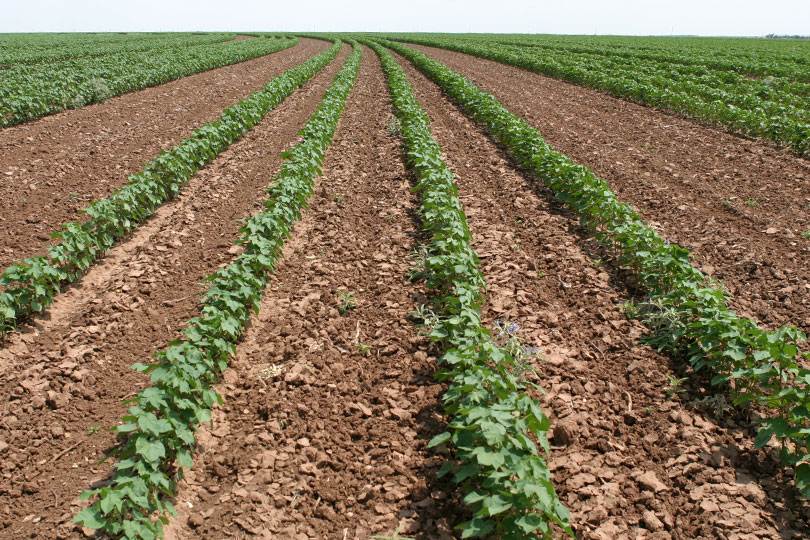By Jennifer Dorsett
Field Editor
U.S. cotton farmers indicate they will plant fewer acres of cotton in 2021 than the previous year, according to the latest annual survey conducted by Cotton Grower magazine.
Responses to the acreage survey lead to an estimate of 11.61 million acres of cotton—upland and extra long staple—planned for 2021. That’s 574,000 acres less than the 12.185 million planted acres officially recorded by U.S. Department of Agriculture’s (USDA) National Agricultural Statistics Service June 2020 acreage report, which showed cotton acreage was down then 11 percent from 2019’s totals.
“Following a year of marginal prices, difficult planting conditions, hurricanes, drought and the overall social and economic malaise brought about by COVID-19, you couldn’t blame cotton growers for questioning their prospects for 2021,” Cotton Grower Senior Editor Jim Steadman wrote.
Decreased demand for cotton worldwide is partially due to the ongoing pandemic, Steadman said. Other factors impacting demand include reduced mill capacity, high carryover cotton stocks domestically and internationally and continued competition with India and Brazil.
Trade tensions and labor disputes involving one of China’s top cotton-producing regions create additional uncertainties for U.S. cotton farmers as they contemplate planting decisions this year.
In Texas, an estimated 6.5 million acres of cotton will be planted, about a two-percent decrease from 2020’s final planting numbers. A major factor driving Texas planting decisions is drought, according to Dr. John Robinson, Texas A&M University AgriLife Extension Service cotton marketing specialist.
“Dryness is going to influence Texas plantings,” he said. “If you look at the drought monitor and draw a line from the eastern edge of the Panhandle down, everything west of that is in exceptional drought right now. And La Niña is supposed to continue through May, right through planting time.”
But in some areas of the Lone Star State, cotton is the only choice, despite the dismal outlook.
“The typical Texas farmer response to [drought] is–even with an insurance price of 74 cents–we just don’t have the alternative crops here. So, agronomically speaking, you’re better off planting cotton. And from an insurance standpoint, you’re better off planting cotton,” Robinson said. “I wouldn’t be surprised if we had 6 million acres at all. And if we had 7 million acres, I wouldn’t be surprised to see that either–planted with the expectation of 50 percent abandonment.”
The Cotton Grower survey was conducted in November and early December. Survey responses came from farmers, ginners, consultants and affiliated industry sources.
National Cotton Council’s acreage projections are expected to be released in February.

